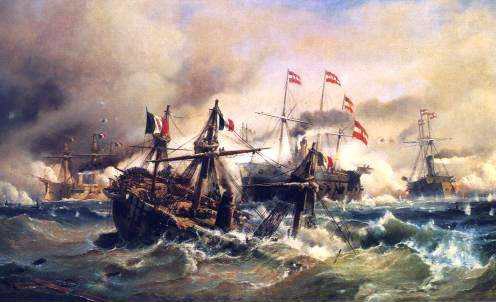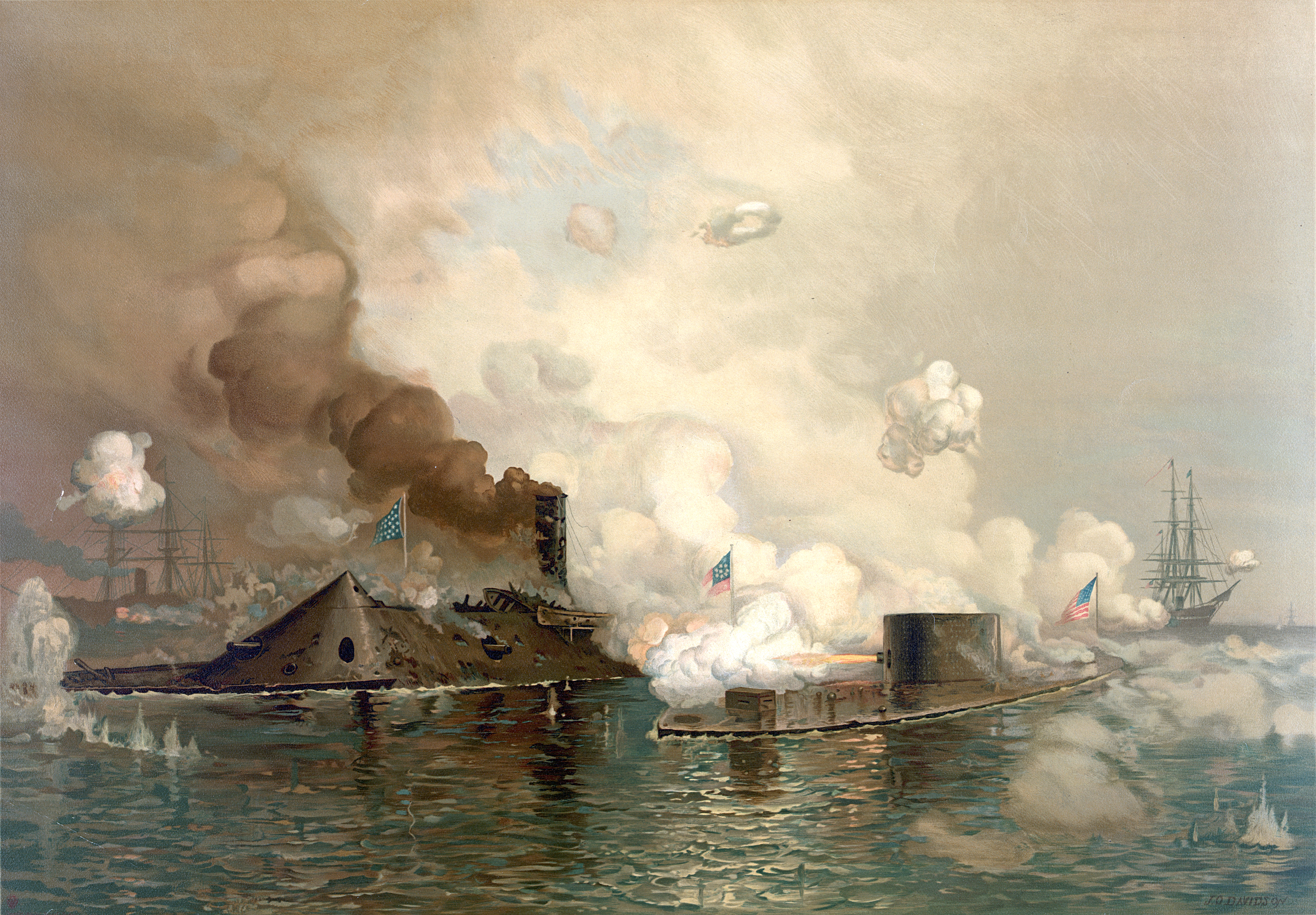|
Italian Ship Caio Duilio
Four ships of the Regia Marina, and the present day Italian Navy, have borne the name ''Duilio'' or ''Caio Duilio'', the name commemorating the 3rd century BC Roman naval leader Gaius Duilius: * was an ironclad warship launched in 1876 and scrapped in 1909. * was an launched in 1913 and scrapped in 1957. * was an helicopter cruiser launched in 1962 and decommissioned in 1990. * is an destroyer In naval terminology, a destroyer is a fast, maneuverable, long-endurance warship intended to escort larger vessels in a fleet, convoy, or carrier battle group and defend them against a wide range of general threats. They were conceived i ... launched in 2007 and currently in active service. {{DISPLAYTITLE:Italian ship ''Caio Duilio'' Italian Navy ship names ... [...More Info...] [...Related Items...] OR: [Wikipedia] [Google] [Baidu] |
Gaius Duilius
Gaius Duilius ( 260–231 BC) was a Roman general and statesman. As consul in 260 BC, during the First Punic War, he won Rome's first ever victory at sea by defeating the Carthaginians at the Battle of Mylae. He later served as censor in 258, and was appointed dictator to hold elections in 231, but never held another command. Background Gaius Duilius, whose father and grandfather were both named Marcus Duilius, belonged to an undistinguished family. One Caeso Duilius is recorded as consul in 336 BC, but the surname is otherwise only known historically and reliably from a few minor magistrates in the fourth century BC. Career Naval victory Duilius was one of the consuls for the year 260 BC, and was initially appointed to command Rome's land forces in Sicily against Carthage, as part of the First Punic War. His colleague in office, Gnaeus Cornelius Scipio, held charge of the fleet. The Romans built 120 warships and despatched them to Sicily in 260 BC for their crews to ca ... [...More Info...] [...Related Items...] OR: [Wikipedia] [Google] [Baidu] |
Regia Marina
The , ) (RM) or Royal Italian Navy was the navy of the Kingdom of Italy () from 1861 to 1946. In 1946, with the birth of the Italian Republic (''Repubblica Italiana''), the changed its name to '' Marina Militare'' ("Military Navy"). Origins The was established on 17 March 1861 following the proclamation of the formation of the Kingdom of Italy. Just as the Kingdom was a unification of various states in the Italian peninsula, so the was formed from the navies of those states, though the main constituents were the navies of the former kingdoms of Sardinia and Naples. The new Navy inherited a substantial number of ships, both sail- and steam-powered, and the long naval traditions of its constituents, especially those of Sardinia and Naples, but also suffered from some major handicaps. Firstly, it suffered from a lack of uniformity and cohesion; the was a heterogeneous mix of equipment, standards and practice, and even saw hostility between the officers from the various f ... [...More Info...] [...Related Items...] OR: [Wikipedia] [Google] [Baidu] |
Italian Navy
The Italian Navy (; abbreviated as MM) is one of the four branches of Italian Armed Forces and was formed in 1946 from what remained of the ''Regia Marina'' (Royal Navy) after World War II. , the Italian Navy had a strength of 30,923 active personnel, with approximately 184 vessels in service, including minor auxiliary vessels. It is considered a multiregional and a blue-water navy. History Before and during World War II The ''Regia Marina'' was formed on 17 March 1861, after the proclamation of the Kingdom of Italy. The Italian Navy assumed its present name after the Italian monarchy was abolished following a popular referendum held on 2 June 1946. After World War II At the end of its five years involvement in World War II, Italy was a devastated nation. After the end of hostilities, the ''Regia Marina'' – which at the beginning of the war was the fourth largest navy in the world, with a mix of modernised and new battleships – started a long and complex rebuilding proce ... [...More Info...] [...Related Items...] OR: [Wikipedia] [Google] [Baidu] |
Roman Republic
The Roman Republic ( ) was the era of Ancient Rome, classical Roman civilisation beginning with Overthrow of the Roman monarchy, the overthrow of the Roman Kingdom (traditionally dated to 509 BC) and ending in 27 BC with the establishment of the Roman Empire following the War of Actium. During this period, Rome's control expanded from the city's immediate surroundings to hegemony over the entire Mediterranean Sea, Mediterranean world. Roman society at the time was primarily a cultural mix of Latins (Italic tribe), Latin and Etruscan civilization, Etruscan societies, as well as of Sabine, Oscan, and Greek cultural elements, which is especially visible in the Ancient Roman religion and List of Roman deities, its pantheon. Its political organisation developed at around the same time as direct democracy in Ancient Greece, with collective and annual magistracies, overseen by Roman Senate, a senate. There were annual elections, but the republican system was an elective olig ... [...More Info...] [...Related Items...] OR: [Wikipedia] [Google] [Baidu] |
Ironclad
An ironclad was a steam engine, steam-propelled warship protected by iron armour, steel or iron armor constructed from 1859 to the early 1890s. The ironclad was developed as a result of the vulnerability of wooden warships to explosive or incendiary device, incendiary shell (projectile), shells. The first ironclad battleship, , was launched by the French Navy in November 1859, narrowly preempting the British Royal Navy. However, Britain built the first completely iron-hulled warships. Ironclads were first used in warfare in 1862 during the American Civil War, when they operated against wooden ships, and against each other at the Battle of Hampton Roads in Virginia. Their performance demonstrated that the ironclad had replaced the unarmored ship of the line as the most powerful warship afloat. City-class ironclad, Ironclad gunboats became very successful in the American Civil War. Ironclads were designed for several uses, including as high-seas battleships, long-range cruisers, ... [...More Info...] [...Related Items...] OR: [Wikipedia] [Google] [Baidu] |
Cruiser
A cruiser is a type of warship. Modern cruisers are generally the largest ships in a fleet after aircraft carriers and amphibious assault ships, and can usually perform several operational roles from search-and-destroy to ocean escort to sea denial. The term "cruiser", which has been in use for several hundred years, has changed its meaning over time. During the Age of Sail, the term ''cruising'' referred to certain kinds of missions—independent scouting, commerce protection, or raiding—usually fulfilled by frigates or sloop-of-war, sloops-of-war, which functioned as the ''cruising warships'' of a fleet. In the middle of the 19th century, ''cruiser'' came to be a classification of the ships intended for cruising distant waters, for commerce raiding, and for scouting for the battle fleet. Cruisers came in a wide variety of sizes, from the medium-sized protected cruiser to large armored cruisers that were nearly as big (although not as powerful or as well-armored) as a pre- ... [...More Info...] [...Related Items...] OR: [Wikipedia] [Google] [Baidu] |
Destroyer
In naval terminology, a destroyer is a fast, maneuverable, long-endurance warship intended to escort larger vessels in a fleet, convoy, or carrier battle group and defend them against a wide range of general threats. They were conceived in 1885 by Fernando Villaamil for the Spanish NavySmith, Charles Edgar: ''A short history of naval and marine engineering.'' Babcock & Wilcox, ltd. at the University Press, 1937, page 263 as a defense against torpedo boats, and by the time of the Russo-Japanese War in 1904, these "torpedo boat destroyers" (TBDs) were "large, swift, and powerfully armed torpedo boats designed to destroy other torpedo boats". Although the term "destroyer" had been used interchangeably with "TBD" and "torpedo boat destroyer" by navies since 1892, the term "torpedo boat destroyer" had been generally shortened to simply "destroyer" by nearly all navies by the First World War. Before World War II, destroyers were light vessels with little endurance for unatte ... [...More Info...] [...Related Items...] OR: [Wikipedia] [Google] [Baidu] |




